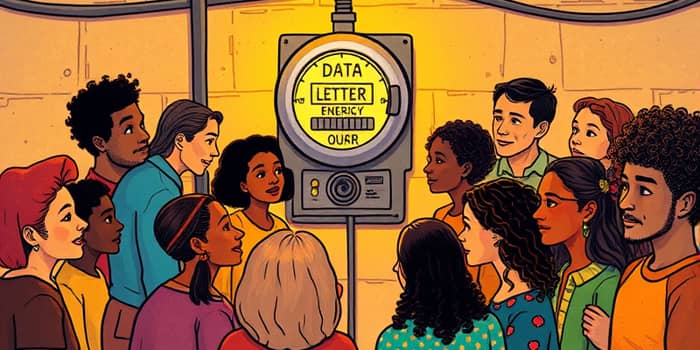
Understanding and integrating utility shutoff records can illuminate patterns of hardship, guide policy, and strengthen consumer protections. This article dives into definitions, regulations, data challenges, and real-world impacts to enrich discussions on energy justice and economic resilience.
Utility shutoffs refer to the interruption or termination of essential utility services—electricity, natural gas, water, and more—most often triggered by non-payment or safety concerns. These records originate from investor-owned, municipal, cooperative, and non-profit providers, each following distinct protocols.
By capturing dates, reasons, and customer demographics, shutoff records offer a window into patterns of financial stress, regional disparities, and systemic risk. When incorporated thoughtfully, they add rich, contextual data points to broader analyses of household vulnerability and infrastructure equity.
State regulatory authorities and Public Utility Commissions (PUCs) establish the conditions under which utilities may disconnect service. These frameworks often include protections for households facing extreme temperatures or health emergencies.
Despite these rules, public disclosure remains uneven. In many jurisdictions, shutoff data is considered sensitive and confidential by utilities, limiting transparency and hampering comparison across regions.
Notices serve as the frontline of consumer communication. Standard elements include:
Providers must often attempt multiple outreach methods—letters, calls, or digital alerts—before proceeding with remote disconnections. Upon resolution of the triggering issue, prompt restoration once payment or arrangements are made is typically mandated.
Shutoffs disproportionately affect elderly, low-income, and medically fragile households. To mitigate harm, many states enforce winter moratoriums and special rules for health-related equipment that relies on uninterrupted power or gas.
In California’s fire-prone regions, Public Safety Power Shutoffs (PSPS) are deployed proactively. Utilities must provide advance notice and file post-event reports, ensuring communities understand the scope and duration of interruptions.
Aggregating shutoff records requires addressing inconsistency in terminology, reporting frequency, and data formats. Organizations such as the Energy Justice Lab compile dashboards that visualize monthly and seasonal shutoff trends, filling gaps left by limited utility disclosures.
When standardized, these data can power research on economic hardship, inform targeted relief programs, and support policy reforms aimed at reducing disconnections.
Statutory authorities, such as Michigan’s Act 3 of 1939 (Section 460.9q), outline provider rights and customer protections, including notification procedures, restoration timelines, and remote shutoff technologies. Similar statutes in other states codify consumer rights and define emergency exceptions.
Beyond legal mandates, many jurisdictions fund targeted assistance—often called warmth or hardship funds—to help households restore service and avoid future disconnections.
Incorporating shutoff records into policy analysis and community planning offers stakeholders a clearer picture of where and why disconnections occur. This transparency can drive:
By weaving utility shutoff data into energy justice narratives, researchers, advocates, and regulators can collaborate on strategies to reduce hardship, improve service continuity, and foster resilient communities.
Utility shutoff records are more than administrative logs—they are powerful indicators of economic stress, health risks, and social inequities. When made transparent and integrated thoughtfully, these data empower policymakers and communities to craft solutions that ensure safe, reliable access to essential services for all.













